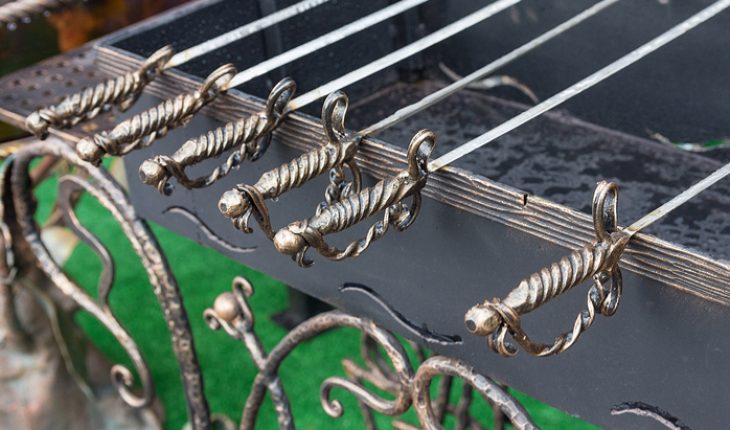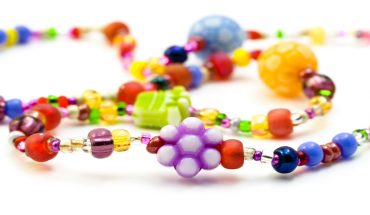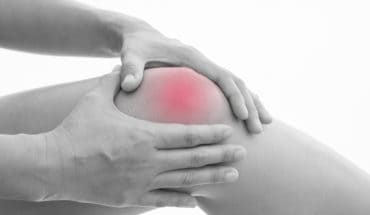‘Most broken collarbones are the result of a fall or a collision, so they tend to happen during contact sports such as rugby and skiing, as well as due to falls from bikes and horses. For this reason, they affect younger active people and are not so common in the elderly population. Around 20,000 people fracture their collarbones every year in the UK. The collar bone actually acts as a crumple zone absorbing the energy of the impact before it reaches and potentially damages the heart or lungs.
Although 95 per cent of collarbone fractures heal up by themselves, five per cent do not so we need to step in and help the bone to heal. The usual way, connecting the bones together with a steel plate, has some disadvantages because the surgeon needs to make a big incision and scrape away muscle and fascia from the bone in order to get the plate into the correct place. There are risks of bleeding and possible nerve damage, which are even higher when the plate is eventually taken out.
Although this is not strictly necessary, around 60 per cent of patients choose to have the plate removed about six months after the operation because it is uncomfortable and they can feel it when they are carrying a shoulder bag for example. Pinning the collarbone together, a technique which was developed in the US, avoids a lot of these problems. It is placed within the bone like a skewer so you don’t need to disturb the surrounding tissue at all. It also has a thread, like a screw, so it stays firmly in place. In the past, smooth pins sometimes had disastrous results because they could migrate out of the bone and end up in the middle of the chest. Removing it is also very easy.
For a broken bone to heal the two ends have to be aligned and then compressed together. The pin does this brilliantly because it ‘kebabs’ the two pieces such that they are perfectly lined up and by tightening the nuts on the outside end of the pin, the ends are extremely well compressed.
These mechanisms maximise the chance of the bone healing.
This procedure can be done at any age. One of the youngest patients I have operated on was an 11-year-old girl who was a competitive ski jumper.
The pin, which is between 12 and 15 cm long depending on the size of the patient, is not smooth but has a coarse screw thread on one end. It is driven into the medullary cavity, where the bone marrow is usually found. Papers published by the British Elbow and Shoulder Society suggest that this new procedure should be the treatment of choice for patients with a particular type of badly broken collarbones that might fail to heal. It is more effective than the plate technique with less scope for complications like bleeding and nerve damage and a much smaller scar.
- Pinning a broken collarbone - 27th November 2016






